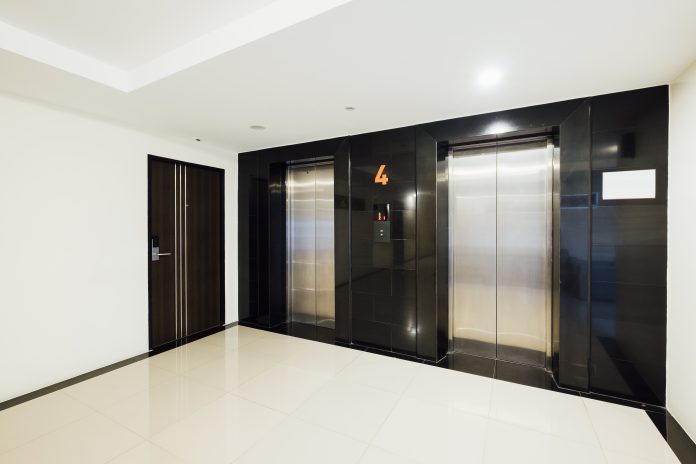Despite the reduced spread of coronavirus in Australia, it is unlikely for things to return to the way they were before the onset of the pandemic. People will be more cautious about how they go about their daily activities to prevent a second wave of reinfections.
As a result, many industries are coming up with ways to deal with the effects of the virus. One of the most notable changes on this front is in the design of high-rise residential buildings.
According to medical experts, coronavirus can survive for up to ten days on glass and metal surfaces. Other pathogens can remain infectious for four weeks. This calls for a rethinking in the design of apartments, especially in shared residential buildings.
Personalised lifts were in the past considered a luxury, but they are set to become a necessity as people look for ways to fight COVID-19. The good thing about these elevators is the flexibility they offer – they can have a design that matches the interior décor of your home or a unique outlook that stands out.
Table of Contents
How to Choose the Right Personalised Lift
The first step to choosing a custom elevator is assessing the amount of space and the design of your home. Most lifts require a machine room for the motor and controls, and you should make additional space for this too.
After choosing your preferred type of lift, the next consideration factor is the size of the cab. The size influences the weight capacity of the elevator. While you are at it, remember to look at the local building regulations so that you know the maximum allowable size for your custom lift.
Once you determine the right size, you should think about the shape of the cab and its door style. Generally, elevator cabs are either box-shaped or round. Box cabs are more popular since they are easier to design.
Elevators usually have different door styles. Some of the options you can pick from include single-opening doors, adjacent opening doors, double opening doors, and so forth. Ensure that the option you choose fits with the design of your apartment and the configuration of the elevator shaft to guarantee safety during operation.
The last factor to consider when building a personalised lift is material. Again, there are multiple options available in the market. One popular pick is safety glass, also known as plexiglass. In this case, you can use the glass on the walls to create a panoramic view or on the roof for an emergency exit.
Besides glass, you could also use wood or metal. Most wooden elevator cabs are made from hardwood timber, such as oak, mahogany, and walnut. Softwoods like cypress are not as popular. Concerning metal, steel is the most popular choice because of its strength and durability. Other options include brass, copper, and bronze.
It is worth noting that some designers line the interior of elevator cabs with specialised textile such as leather and fabric.
The Cost of Personal Lifts
The cost of making a bespoke elevator depends on factors like its size, the amount of restructuring needed to fit it, and the number of floors it can access. Buying a readymade lift is much cheaper than building a custom one from scratch.
The Future of Personal Lifts
Since the onset of COVID-19, there has been an increased use of touchless technology. Elevator manufacturers have been quick to adapt to this trend. As of now, residents can control lifts using apps installed on their smartphones, provided the elevator is compatible.
Once the app connects to the lift, the user can choose the floor which they want to access. The app can also work on different buildings, providing each has its unique registration. Other exciting features of these apps is their ability to save frequently visited floors, adjust door opening times, and personalisation.
Conclusion
Before COVID-19, many people perceived personalised lifts as a luxurious accessory reserved for the rich. However, the need to maintain hygiene to stop the spread of the virus has changed this notion. More people are now open to the idea of purchasing these elevators, and manufacturers are also upping the ante by making smart apps that enable touchless operation.



















